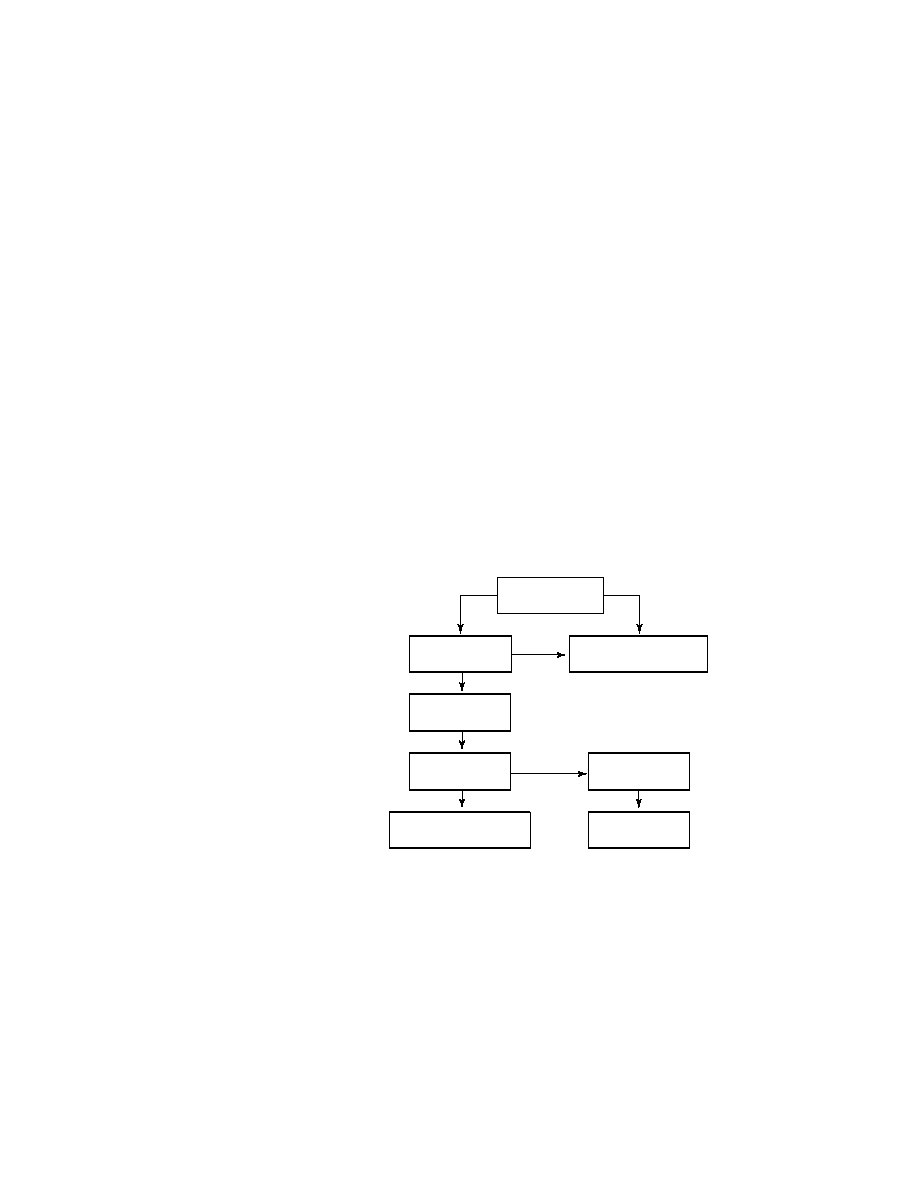
Problem Isolation in TCP/IP Networks
315
For a simple example, Host A cannot ping Host C. The traceroute stops
at Router C, indicating that the problem can be said to be on or behind
Router C. With the problem thus isolated, troubleshooting can be concen-
trated in that area.
Although further isolation can be done via the show commands previ-
ously mentioned, no matter where the problem lies, the next step is the
same--fix it.
Many times, the problem you have isolated is on a system to which you
do not have access. A perfect example is a WAN link. You were notified that
a remote site is unreachable. Upon further investigation, you isolate the
problem to the local carrier. You don't have access to run any diagnostics on
their equipment, so your hands are tied. The only thing you can do in this
case is to notify the carrier that a problem exists in their network.
Figure 6.7 depicts a flowchart with simple TCP/IP fault isolation steps. It
is important to remember that you need to deal with host configurations, as
well as router configurations, when troubleshooting TCP/IP failures.
F I G U R E 6 . 7
TCP/IP isolation flowchart
Yes
Yes
Yes
No
Is the remote host
reachable via ping?
Is the remote host
reachable via trace?
Where does the
trace fail?
Do you have access
to failed system?
Contract the admini-
strator of failed system.
If problem still exists,
check remote configuration.
Check system
configuration.
Fix the problem.
Copyright ©2000 SYBEX , Inc., Alameda, CA
www.sybex.com
